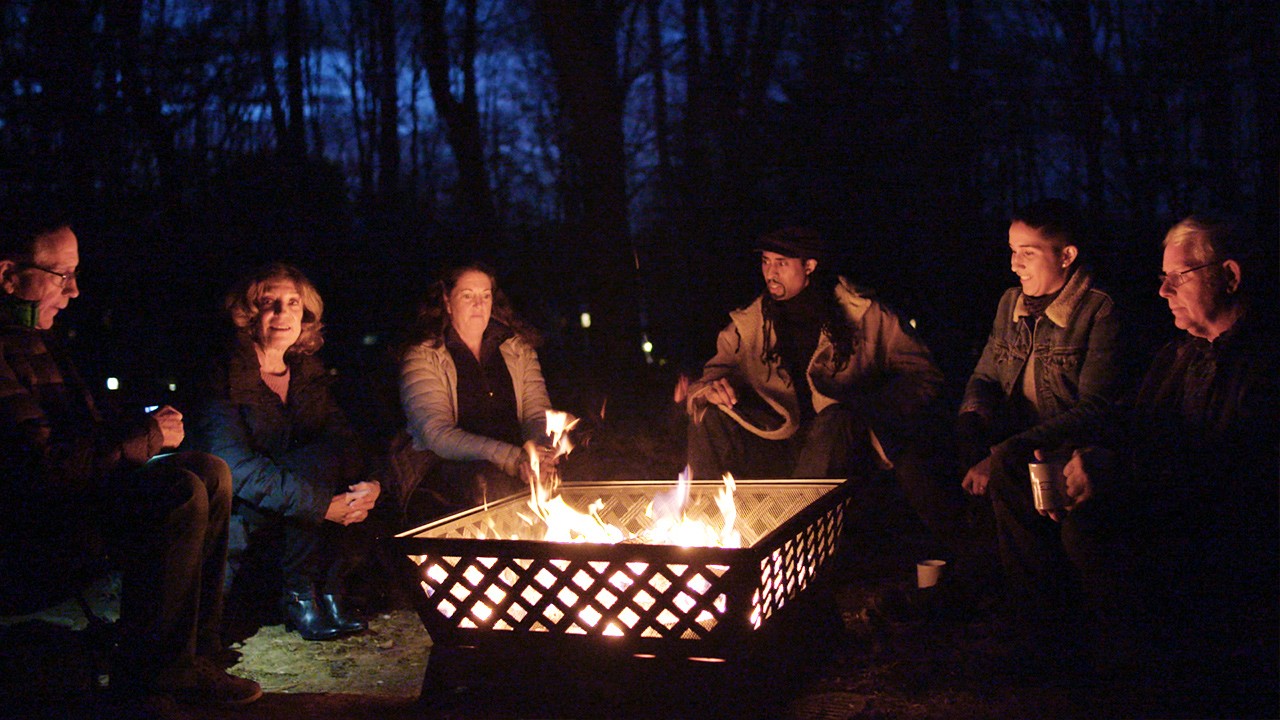Instead of scrubbing down “clean” coal, energy company executives scrubbed themselves — at the spa.The Department of Energy agreed to spend $450 million in 2009 to fund a clean coal development from a Texas energy company. But the agency didn’t keep tabs on the cash, according to a report published Tuesday from the Department of Energy’s internal watchdog. Not only was the project never completed, but some of $38 million of federal money appropriated for the project was used on “social” expenses, like “catering on a private jet.”The project, which sought to fund a coal plant that would capture 90 percent of its carbon emissions, was green-lit as part of President Barack Obama’s stimulus package. The funding was a big, early demonstration of the promise of “clean coal” tech. After years of missed deadlines, however, the Department of Energy’s Office of Fossil Energy pulled the plug on the project in 2016. It never even broke ground.But that didn’t stop the company, Summit Texas Clean Energy, from spending the money before filing for bankruptcy last year.Summit spent $2.5 million of the federal cash on “potentially unallowable” expenses, according to the watchdog’s report. Those include:“We note that the facts and circumstances detailed in the report support the decision to discontinue this high-profile, major demonstration project,” assistant secretary for fossil energy at the Department of Energy said in a response attached to the watchdog’s report.And Summit, for its part, disagreed with the report’s findings, in a statement provided to Greenwire.Neither Summit nor the Department of Energy responded to VICE News’ request for further comment.READ: Everything Trump said about clean coal last night was wrong“Clean coal” tech aims to snatch the carbon out of the air as coal burns. But these carbon capture and sequestration projects, as they’re called, have proved technically difficult to pull off: Projects like the one at question here have lagged behind schedule and cost far more than budgeted. Technically, coal also won’t ever be fully clean because the process creates hazardous waste like coal ash and scrubber sludge that’s full of arsenic and other toxic chemicals. While industry has historically supported the process, it’s been derided by environmentalists.While carbon capture and sequestration is technically feasible, the Department of Energy’s website concedes that it’s not currently viable for fighting climate change and carbon emissions: “Today’s capture technologies are not cost-effective when considered in the context of storing CO2 from existing power plants,” the site reads.Even coal baron Bob Murray, the guy who delivered a wish list to the EPA and donated generously to President Donald Trump’s 2016 campaign, admits that clean coal doesn’t exist. "Carbon capture and sequestration does not work. It's a pseudonym for 'no coal,'" Murray told E&E News.Cover image: A man attends a wellness spa on September 11, 2017 in New York City. (Photo by Patrick McMullan/Patrick McMullan via Getty Images)
Advertisement
- $650,000 in charges from a consultant for spa services, booze, first-class travel, limos, and business meals that were either prohibited or not adequately accounted for.
- $325,000 in costs that “appeared to be social in nature,” like “banquet room rental expenses” and catering for the company’s private jet
- $1.2 million on three lobbying consultants for support for a project with federal grant money. (Federal law prohibits federal funds from being used to influence the government.)
Advertisement
